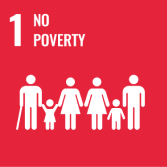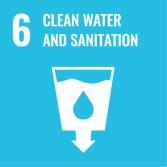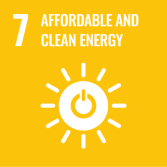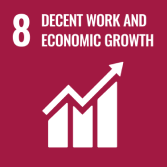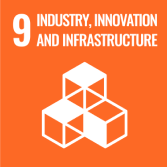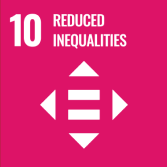Open AccessEditor’s ChoiceArticle
Aligning to the UN Sustainable Development Goals: Assessing Contributions of UBC Botanical Garden
by
Adriana Lopez-Villalobos, Dionne Bunsha, Delanie Austin, Laura Caddy, Jennifer Douglas, Andy Hill, Kevin Kubeck, Patrick Lewis, Ben Stormes, Ryo Sugiyama and Tara Moreau
Cited by 5 | Viewed by 2404
Abstract
The United Nations 2030 Agenda for Sustainable Development outlines 17 goals for the wellbeing of people and the planet. The purpose of this study was to understand how University of British Columbia Botanical Garden (UBCBG) contributes to the United Nations Sustainable Development Goals
[...] Read more.
The United Nations 2030 Agenda for Sustainable Development outlines 17 goals for the wellbeing of people and the planet. The purpose of this study was to understand how University of British Columbia Botanical Garden (UBCBG) contributes to the United Nations Sustainable Development Goals (UN-SDGs) and to identify opportunities for future action. To address this, we worked across departments to assess our programs and activities against the UN-SDG 17 goals and 169 targets. The UN-SDG indicators were only used to identify potential metrics that could be consider for future tracking. The main activities of UBCBG include ex situ plant conservation, sustainability education and community engagement. Our results found that UBCBG contributes to 12 of the 17 goals and 24 of the 169 targets. The two UN-SDGs with more targets aligned to UBCBG’s activities were Goal 15—Life on Land and Goal 12—Responsible Consumption and Production. Through its partnerships with other botanical gardens, research institutions and the regional government, the Garden amplifies its work at a global, national and regional level. We are re-imagining the role of botanical gardens in an age of equity, decolonization, the biodiversity crisis and the climate emergency. Since the UN-SDGs address both nature and people, they are an appropriate framework to guide our work.
Full article
►▼
Show Figures
